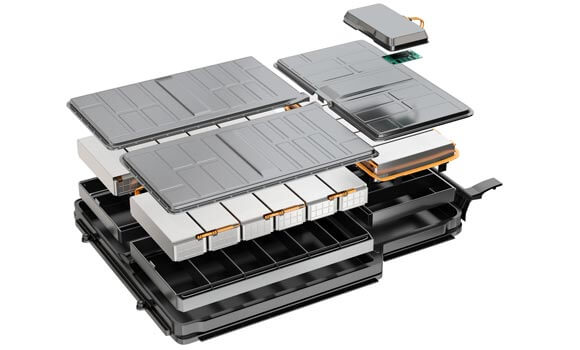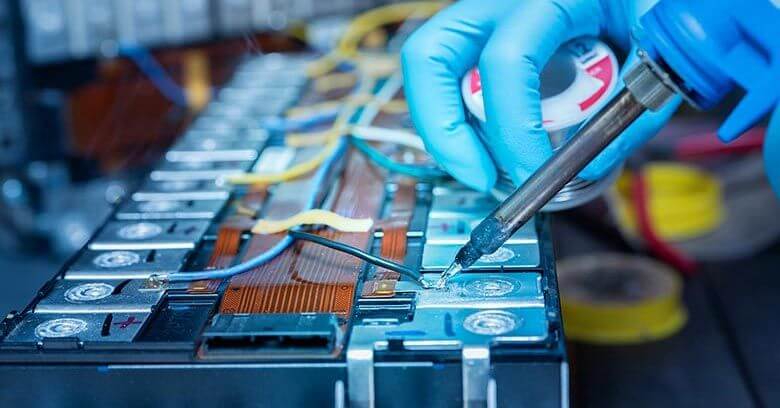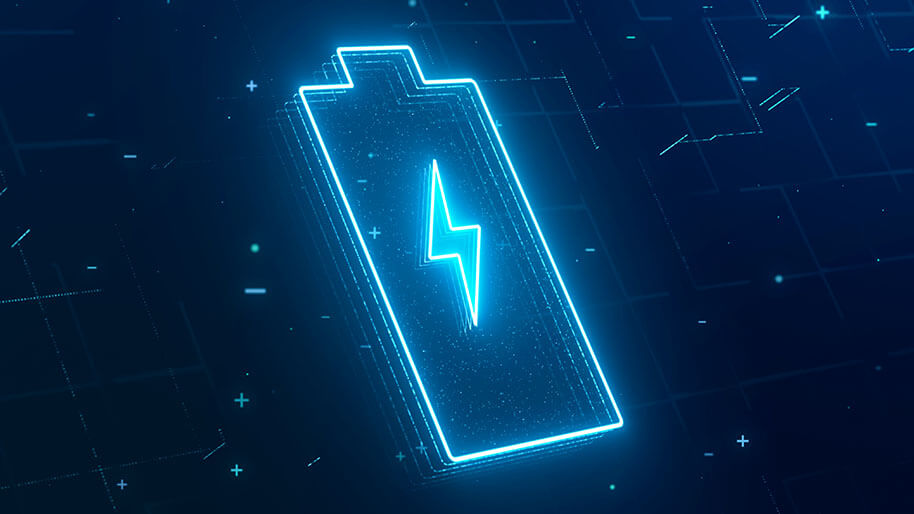Lithium-ion batteries have rapidly gained prominence in recent years, powering a wide variety of portable electronic devices. Lithium-ion batteries have a longer lifespan, can be recharged, have a low discharge rate, and are portable.
Lithium-ion batteries are most commonly found in electric vehicles like cars, motorcycles, and buses, as well as in consumer electronics like drones, computers, mobile phones, Internet of Things (IoT) devices, and digital cameras. Non-rechargeable applications include toys, watches, and heart pacemakers.
Lithium-ion batteries are well-known for their long storage life. But there are still things that can shorten the battery's lifespan. Here is a rundown of the technological sloppiness that can degrade a lithium-ion battery's performance.

Lithium batteries are extremely voltage-dependent. Charging a battery at a higher voltage than is advised will cause the battery to overheat. Your lithium battery will gradually lose its ability to charge if the voltage is too low.
Both extreme heat and cold shorten the life of rechargeable batteries. Let's say you leave your lithium battery in sub-zero conditions or in direct sunlight. If that's the case, your battery probably won't hold a charge for very long. Lithium-ion batteries have a chemical structure that is affected by extreme temperature changes. Therefore, it has an impact on how well a battery performs.
There is no debate about the longevity and sturdiness of lithium-ion batteries. However, just like any other electrical device, they too have a certain lifespan. A battery's life expectancy decreases with each subsequent charge. You should probably acquire a new lithium battery if you've been using the old one for a long time.
During charging and discharging, the negative electrodes of a lithium-ion battery undergo expansion and contraction. Over time, the anode deteriorates due to expansion and contraction. If you frequently run your battery down due to prolonged use. A battery breakdown could occur under heavy mechanical stress.
Stay with us and we'll teach you some real-world troubleshooting techniques if you're ready to take good care of your batteries.
Why a lithium battery won't charge
In this case, even though your gadget is plugged into a power source, it is not charging. Several factors may influence price setting.

If your battery isn't charging despite being plugged in, the charger may be at fault. Invest in a replacement charger for your lithium-ion battery and see whether it will work.
If the replacement charger still doesn't bring your dead battery back to life, you should look into other possible explanations.
What we mean when we say "BMS" is a "Battery Management System." You are aware that lithium-ion batteries are commonly found in portable electronic devices. Each component of these electronics is powered by an app or piece of software. If your battery management app is old, corrupted, or infected with a virus, no charger will be able to charge your battery. To get the latest BMS software, you may need to have your battery updated at the service center.
Any damage to the charging components of a lithium-ion battery might reduce the battery's capacity. A hardware malfunction would be another term for this.
Verify the charging cord is working properly. Recharge the battery and swap out any damaged cables. Or, in the absence of a charger, to use a multimeter to test the cord. You can either re-solder the red and black wires or swap out the cable.
There is a profound release from cells. Poorly cared-for batteries eventually fail in this way.
If there was no evidence of wrongdoing after a certain amount of time. Because of it, there is now no capacity left. Finally, the cell voltage drops below 1500mv, setting off the " cell invalid alarm " Both the discharge MOS and the charge MOS would shut down under these conditions to prevent catastrophic failure. And there's no way to get the batteries back.
Lithium batteries outlast their lead-acid counterparts by a significant margin. The capacity of a battery is affected by the discharge of clusters of inactive lithium-ion cells from the anode, as discovered by researchers at SLAC. Only by re-establishing a connection between the inactive lithium molecules and the electrodes can the deterioration process of lithium electrodes be reversed.
If your old battery isn't holding a charge like it used to, it may be due to a lack of lithium molecules. An entirely dead battery can result from an abnormally large concentration of dormant lithium cells. This is why it's so challenging to rejuvenate outdated batteries.
If your broken battery cannot be fixed due to a hardware or software issue, you will need to replace it. The most practical option is to take your battery somewhere to have the damaged component fixed.
There are a few things you can do if your lithium battery is not charging.
1. Use a low-volt charger if your lithium-ion battery has been dormant for a while and is not responding to the electric current. For a dormant 60V/20A battery, for instance, a 48V/20A charger would be optimal. The battery is revitalized without any sudden shocks from the introduction of the minimal charge.
2. Battery charging time will increase when using a low-voltage charger. The low-voltage charger should be used to charge the battery to around 80% to 90% maximum capacity. As soon as your battery reaches its full capacity. Lithium batteries need to be allowed to rest for a few hours before use so that the chemical components can stabilize. Check the discharge rate of your battery during its first use after revival to identify any anomalous consumption.
If this happens, keep an eye on your gadget. To see if your device is fully charged, look at the screen. Let's say your battery stops responding to the charger even though it's still plugged in. If that's the case, it's probably time to replace the battery.
You should acquire a new charger if your gadget charges slowly or the cord keeps coming unplugged. You may determine whether component of your charger needs to be changed by testing the adapter and the USB cable separately.
Although it's normally safe to deal with lithium batteries, keep in mind that this one isn't doing its job. Here are some excellent precautions you can take to avoid harm.

1. Before attempting a resurrection, make sure you have a good look at your batteries from all angles. Do not try to be a do-it-yourself expert if your battery has visible physical damage or deformation; instead, take it in for repairs.
2. If the battery checks OK, it's time to pick up some protective gear. Keep in mind that your battery contains harmful chemicals that you should not come into contact with.
3. Never cut open your battery to check it out. A layer of polypropylene between the electrodes in Li-ion batteries keeps them from shorting out on one other. If any part is broken, dangerous chemicals could flow out and start a fire.
4. Do not charge your battery in the same area as a source of ignition. If not handled properly, lithium can react violently and even explode.
5. To prevent thermal runaway, it is best to do it in a well-ventilated area. While most batteries give forth harmful fumes, lithium-ion batteries don't. However, it is preferable to err on the side of caution.
6. Keep an eye on your battery when it's charging quickly. If your battery gets hot or starts to smell burnt, you should call off the rescue operation. An indicator of a short circuit is a burning odor.
Take your lithium batteries to the local repair shop for professional, cost-effective assistance. But let's say the mechanic is also unable to save your dead battery. Taking your lithium batteries in for maintenance is often your final resort.
Charger failure, BMS failure, lack of maintenance, etc. are just a few of the many potential causes of your lithium battery's inability to charge. If a lithium battery is totally discharged, it will either stop functioning or go into a sleep state. It is suggested, for instance, that you leave your gadget with at least 50% battery life and fully charge it once every three months if you won't be using it for a long period. The lithium battery can be kept alive using the 50% charge method.

扫码关注
We use cookies to understand how our audience uses our site.
Renon Power websites use cookies to deliver and improve the website experience. See our cookie policy for further details on how we use cookies. Privacy Policy